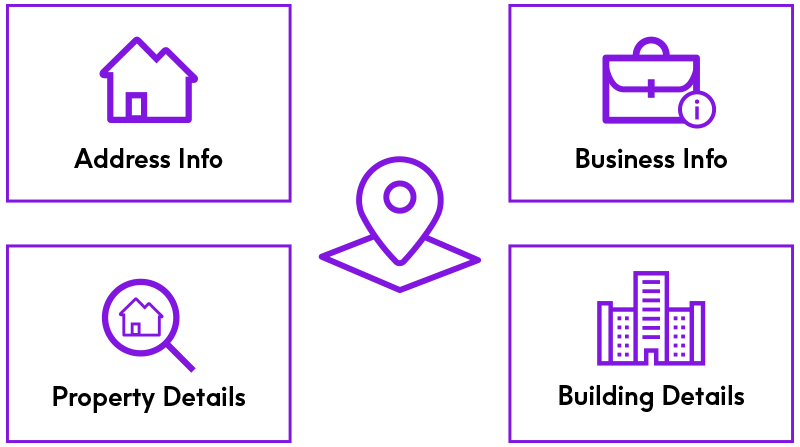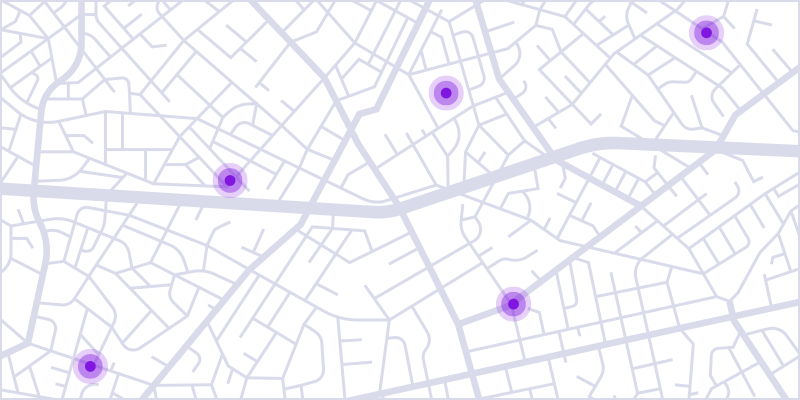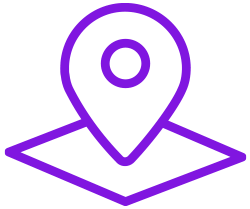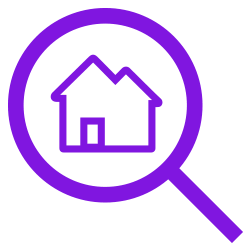Infographic
4 Types of Location Data CSPs Need for Digital Transformation
Location data plays a critical role in achieving key transformation objectives
Communications service providers (CSPs) are reevaluating their data strategies. With digital transformation fueled by the cloud native movement, and an increased focus on the digital divide, delivering advanced holistic services has never been more important.
So, how can CSPs go beyond service delivery and map location entities to analyze the best, most cost-effective delivery model? Location data. Let’s explore why.


Understanding Location Data
Location data has evolved to support a multifaceted blend of distinct types of information. For CSPs, harnessing that data means enhanced service delivery strategies, simpler funding application and investment decisions, and a better experience for customers.

Address Information
Address information provides basic location details based on a standardized format applicable to that country/region. This information is valuable for basic planning purposes, but it’s not quite enough in a digital divide context.
For optimized planning and investment decisions, you need more granular information.
- Complete and standardized address
- Property type
- Primary or secondary address

Business Information
Business information includes the name of the company and basic details about the type of enterprise.
Understanding the correlation between an address and business and property details means you gain a multidimensional view of the depth and breadth of service, network requirements, and marketing programs to market for that given location.
- Business name
- SIC codes
- Trade division
- Brand hierarchy


Property Details
Property detail information typically captures residential homeowner data, including the name of the legal title holder.
In some countries, this information is linked to individual yearly tax filings, expanding the overall scope of how this data can be utilized in current and future location-based applications.
- Homeowner
- Tax address
- Number of stories
- Year built

Building Details
Building information captures building type, square footage, number of stories, roof, building materials, and even elevation for both residential and business sites.
These details are commonly utilized by governmental entities to compute annual property taxes.
- Square footage
- Building type
- Elevation
Location Data in the Digital Transformation Era
Explore the role that location data plays in empowering CSPs’ digital transformation strategies.
